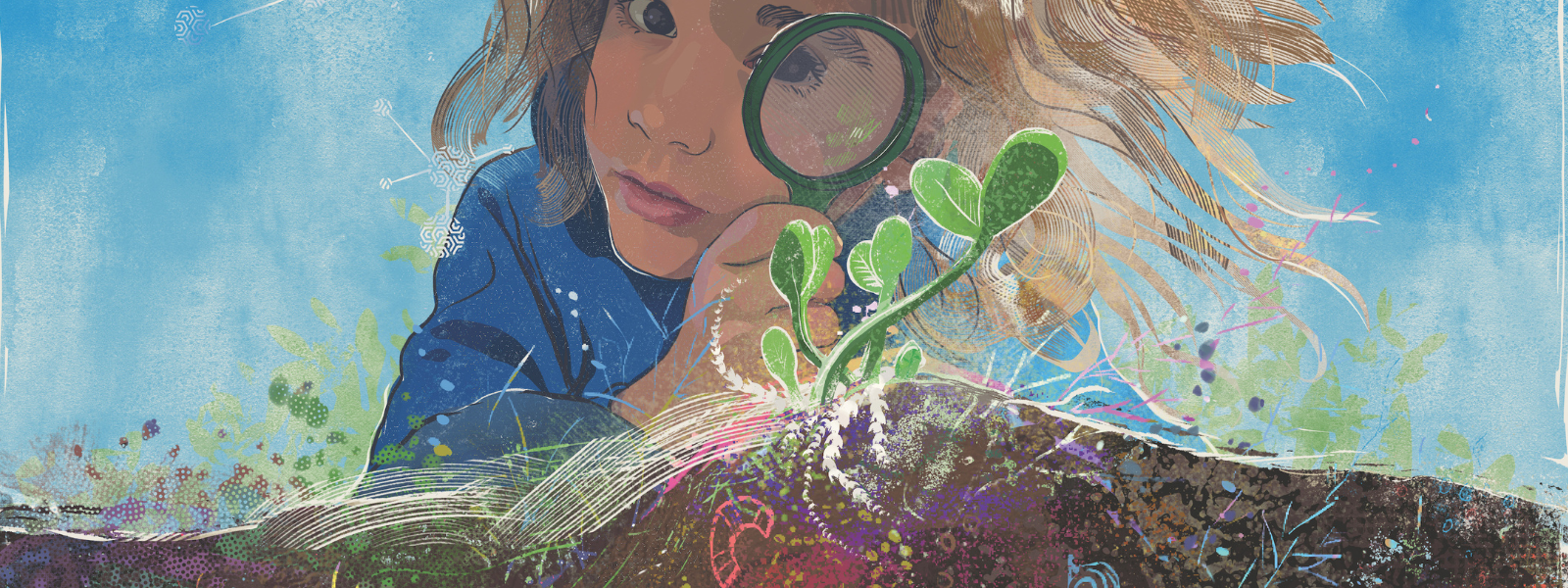
Tips
You searched for frost and found 16 tips.
- Beneficial Insect: Syrphid Fly or Hover Fly – These guys are your friends! Adult hover flies resemble small wasps, with a black and yellow or white striped abdomen. They will hover like a hummingbird as they drink nectar from flowers. Hover flies do not sting. They range in size from 1/4” to 1/2” depending on the species. The adults are the pollinators and its the larvae that consume pests. Read more →
- Brussels Sprouts : Tips from Seed to Harvest – These nutritious miniature cabbages are often under celebrated and even disliked. Don’t give up on them though! It is well worth noting that often store bought Brussels sprouts are picked too early – it shows in their bitter flavor and tough texture. Picking them fresh from the farm or garden after a few frosts sweetens the flavor and makes them tender, offering a whole different experience! Read more →
- Cover Crops – Got an area in the garden that just is not going to get planted? Try a cover crop! Cover crops are crops that are grown simply to enhance soil quality, rather than to directly produce food for people. Cover crops provide food for the living soil. Read more →
- Dahlia Tubers – Don’t be intimidated by planting a tuber; it’s easier than growing the plants from seed. Read more →
- Early Planting – Here are some tips on getting on start on early plantings. Learn about crops that are less risky to plant early, and also some tricks that can help you protect your plants on those often cold spring nights. Read more →
- Fertilizing Young Plants – Memorial day weekend is traditionally the time to plant the warm weather garden crops like tomatoes, beans, cucumbers, melons, squash, peppers, eggplant, basil, lavender, rosemary, and all the other tender annual flowers, herbs, and veggies. Young bedding plants do best with a fertilizer boost when planting. Read on to learn more about fertilizing young plants. Read more →
- Frost Protection – Traditionally there is still a good possibility of frost in the Connecticut River valley through May 20, and up in the hills through Memorial Day weekend or even the first week of June. With care, you can still get a head start on the garden. Read more →
- Geotextiles: Insect Netting – Insect netting is a thin fabric, similar to row cover yet thinner and more porous. Use insect netting on crops with great pest or bird pressure where there is no need to insulate the crop. Read more →
- Geotextiles: Row Cover or Reemay Cloth – In the Northeast, row cover is a farmer’s best friend. Read more to find out how you can benefit from using this geotextile in your home garden. Read more →
- Geotextiles: Typar Field Blankets – Typar is a garden cover that is thicker than row cover. Read more →
